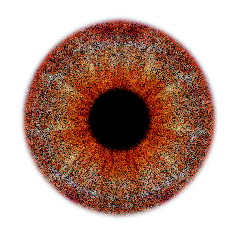Naturopathic health
Iridology - diagnosis through the eyes
Background to IridologyIridology is a safe, non-invasive and inexpensive diagnostic technique that can be integrated into both orthodox and complementary medicine. The central assumption of iridology is that the iris is associated via multiple nerve connections to the organs. Through the identification of abnormalities of pigmentation in the iris, iridology is used for the diagnosis of medical conditions and ‘re-disease states. It is thought that the location of abnormalities or patterns on the iris is associated with the location of the medical condition in the body. A detailed map of the iris divided into 60 sectors, each corresponding to an inner organ or bodily function has been developed. Medical research in several European countries and Russia in particular has established greater acceptance of iridology. In Russia, a trial involving 800,000 patients found Iridology to be 85% accurate in diagnosis; in South Korea clinical trials by the government found that on average Iridology was 78.2% accurate but with an impressive 90.2% accuracy in the diagnosis of digestive system disorders. By contrast, orthodox medicine considers other diagnostic techniques as reliable if they are accurate within a range of 30 - 40%. However some 'double blind' tests using photography have found there is no evidence that iridology works.
|
NaturopathyBach FlowerHerbal RemediesAcupunctureHomeopathyIridologyTissue SaltsMassageQi Gong
|
|
|
|
|
|
Naturopathic RemediesBach Flower Herbal Acupuncture Homeopathy DetoxificationMassage Qi Gong Nutrition & Diet Iridology Tissue Salts |






